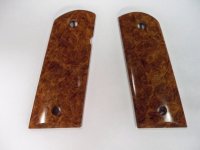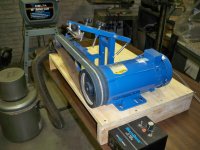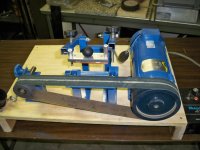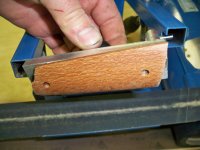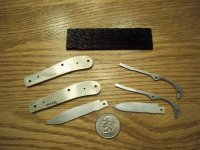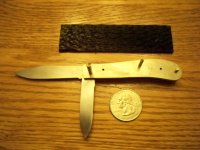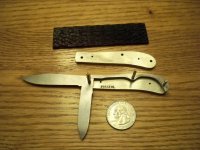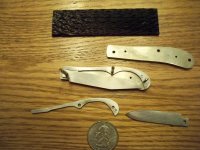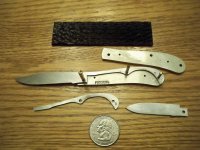Brad, stabilized wood is natural wood that has went threw a process that uses vacuum to impregnate the wood with a water resistant substance, acrylic enamel in this case, in order to make it more stable to humidity changes. It gets drawn through the end grain while under vacuum. You cant tell by looking at it or working the wood that it is in there. It will swell and shrink less and be less likely to crack in the future.
As far as my analogy I could have mentioned "alot more tree limbs" and variances that exist in small but important details. Blade finish's , edge sharpening techniques and so on. But I didn't want to give people a head ache. I will mention many of these things individually and spread them out so it doesn't get too boring.







